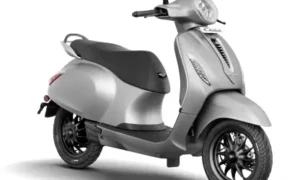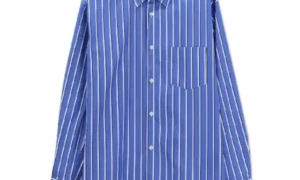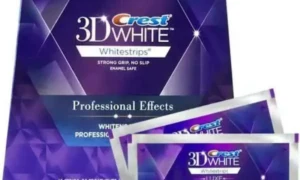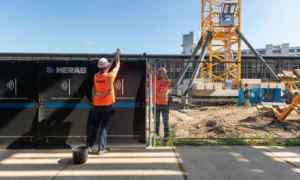As the world increasingly focuses on sustainable construction practices, building materials that offer environmental benefits are gaining traction. WarmLine EPS Insulated Plasterboard stands out as a solution that not only enhances the energy efficiency of buildings but also contributes to a greener environment. In this article, we delve into the environmental advantages of WarmLine EPS Insulated Plasterboard and why it’s a wise choice for eco-conscious builders and homeowners.
Reduced Energy Consumption and Emissions:
WarmLine EPS Insulated Plasterboard plays a crucial role in reducing energy consumption and greenhouse gas emissions associated with heating and cooling buildings. By providing superior insulation, it minimizes heat transfer through walls, ceilings, and floors, thereby reducing the need for artificial heating and cooling. This results in lower energy usage and decreased reliance on fossil fuels, leading to a significant reduction in carbon emissions and environmental impact.
Sustainable Materials and Manufacturing:
One of the key environmental benefits of WarmLine EPS Insulated Plasterboard lies in its use of sustainable materials and manufacturing processes. Expanded Polystyrene (EPS), a core component of WarmLine insulation, is a lightweight and recyclable material derived from petroleum byproducts. Additionally, many manufacturers incorporate recycled content into their EPS products, further reducing the demand for virgin materials and diverting waste from landfills. Moreover, the manufacturing process of WarmLine EPS Insulated Plasterboard typically involves low-energy consumption and minimal waste generation, aligning with principles of sustainable production.
Longevity and Durability:
WarmLine EPS Insulated Plasterboard offers long-term durability, which contributes to its environmental sustainability. Unlike some traditional insulation materials that degrade over time or require frequent replacement, WarmLine insulation maintains its effectiveness for decades with minimal maintenance. This longevity reduces the need for resource-intensive replacements and helps conserve natural resources in the long run.
Improved Indoor Air Quality:
Another environmental benefit of WarmLine EPS Insulated Plasterboard is its contribution to improved indoor air quality. Unlike certain insulation materials that may release volatile organic compounds (VOCs) or other harmful chemicals into the air, EPS foam is inert and does not off-gas. This means that buildings insulated with WarmLine EPS Insulated Plasterboard provide healthier indoor environments for occupants, reducing the risk of respiratory issues and promoting overall well-being.
Energy Efficiency and Green Building Certification:
WarmLine EPS Insulated Plasterboard can contribute to achieving energy efficiency goals and green building certifications such as LEED (Leadership in Energy and Environmental Design). By enhancing the thermal performance of buildings, WarmLine insulation helps reduce energy consumption, which is a key criterion for green building standards. Projects incorporating WarmLine EPS Insulated Plasterboard may qualify for incentives, rebates, or certification points, further incentivizing the adoption of sustainable building practices.
Reduced Construction Waste:
The use of WarmLine EPS Insulated Plasterboard can also help reduce construction waste, thereby minimizing environmental impact. Prefabricated insulation panels are precisely cut to fit specific dimensions, reducing on-site cutting and waste generation. Additionally, any offcuts or scraps produced during installation can often be recycled or repurposed, diverting them from landfills and reducing the overall environmental footprint of the construction process.
Final Thoughts:
In conclusion, WarmLine EPS Insulated Plasterboard offers a range of environmental benefits that make it a preferred choice for sustainable construction projects. From reducing energy consumption and emissions to promoting resource conservation and indoor air quality, WarmLine insulation aligns with the principles of environmental stewardship and green building. By choosing WarmLine EPS Insulated Plasterboard, builders and homeowners can contribute to a healthier planet while enjoying the practical advantages of energy-efficient and durable insulation solutions.









































